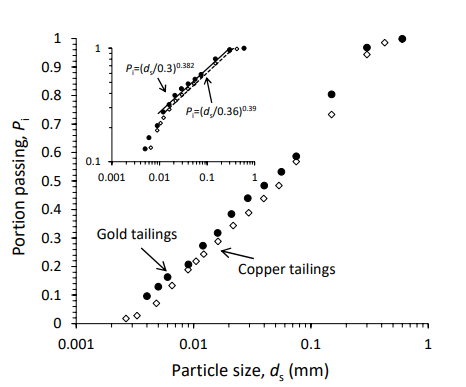新たなリチウム源として石油系ロックブラインの可能性を提示 University of Houston Researcher Lays Out Potential of Petroleum-Based Rock Brines as New Lithium Source
2022-05-17 ヒューストン大学(UH)
ヒューストン大学カレン工学部石油工学科のKyung Jae Lee助教授は、Energy Reportsに掲載された論文の中で、石油を原料とするロックブラインがリチウムの新たな供給源となる可能性を示している。
Lee助教授は、ペンシルベニア州のマーセラス・シェール現象の研究を通じて、生産された天然ガスや石油とともに、プロデュースウォーター(石油や天然ガスを採取する際に副産物として出る水)にも高濃度のリチウムが含まれていることを発見した。
<関連情報>
- https://uh.edu/news-events/stories/2022-news-articles/may-2022/05172022-lithium.php
- https://www.sciencedirect.com/science/article/pii/S2352484721014268?via%3Dihub
リチウムの新しい供給源としての石油ロックブラインの可能性:流域スケールのモデリングと局所感度解析からの知見 Potential of petroleum source rock brines as a New Source of Lithium : Insights from basin-scale modeling and local sensitivity analysis
Energy Reports Published:11 December 2021
DOI:https://doi.org/10.1016/j.egyr.2021.11.279

Abstract
The demand for lithium (Li) has greatly escalated during the past decade and is predicted to increase continuously with the market growth of the electrified transportation and renewable energy, given that Li-ion batteries are the major energy storage method for these sectors. In spite of the urgent need of satisfying the increasing demand of Li, sources of global Li production have been limited in continental brines and pegmatites. In the line with the effort to enhance and diversify the sources of Li supply, this study seeks to predict the production potential of Li from a new source—petroleum source rock brines—and evaluate the most influential factors affecting it. This subject matter is addressed by basin-scale numerical simulation combined with local sensitivity analysis. The numerical simulation with a conceptual model of petroleum source rock system addresses the accumulation of Li in various locations, by taking account for the release of Li from kerogen decomposition reaction in organic-rich source rock, and fate and transport of expelled Li as interacting with reservoir rock. In combination with the numerical simulations, the impacts of various parameters on the Li mass fraction in brines at various observation points are quantified, by conducting local sensitivity analysis. It elucidates the relative sensitivity of Li production potential to the parameters of Li stoichiometry in kerogen decomposition reaction, Na–Li equilibrium coefficient, Na–clay mass fraction in solid phase, Li–clay mass fraction in solid phase, and Na ion mass fraction in brines. Our results provide the conceptual information of most important parameters to be investigated to quantitatively predict the Li production potential from brines at various locations in the petroleum source rock systems that can be used to contribute to the enhancement and diversification of the Li supply.



